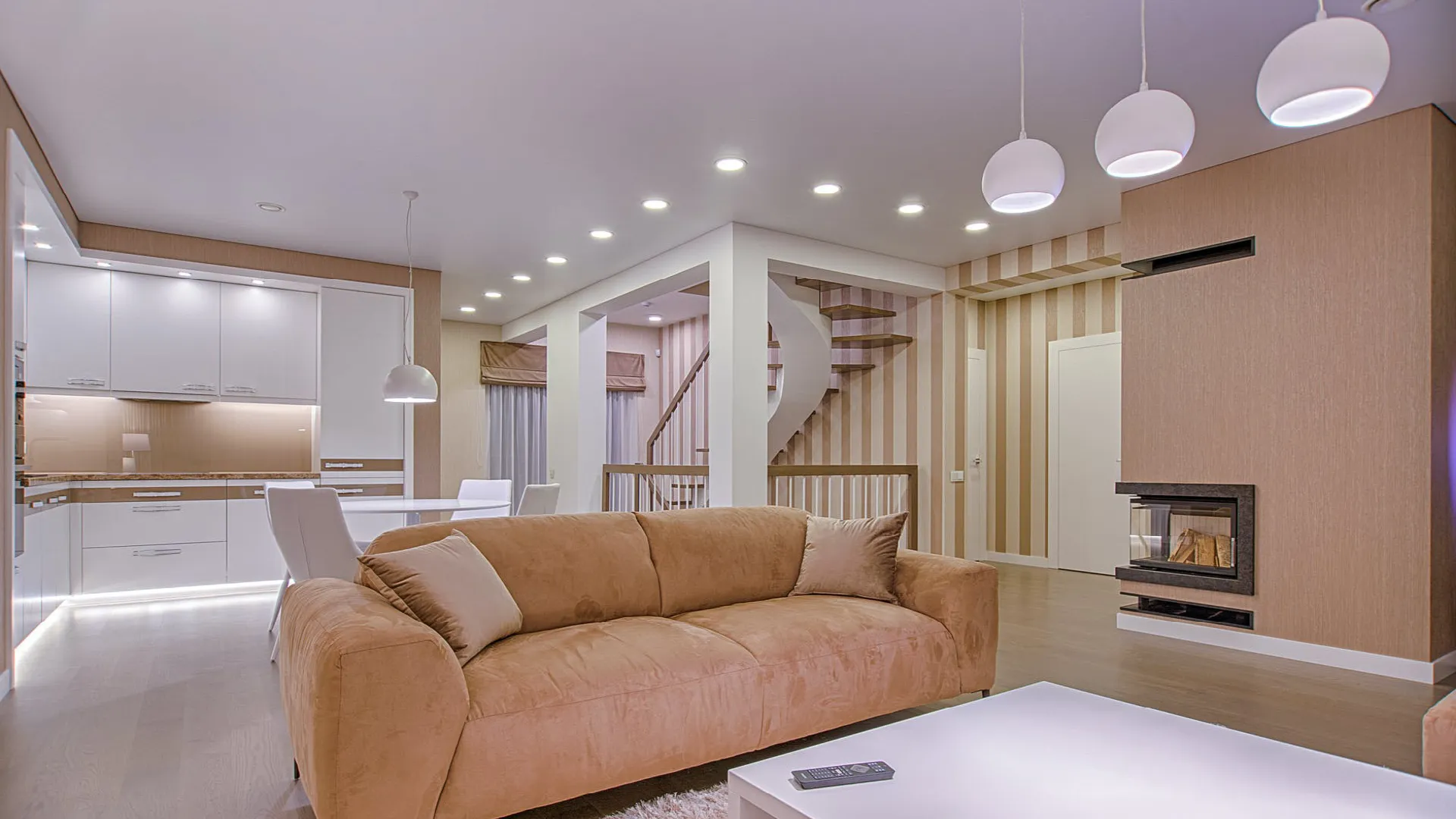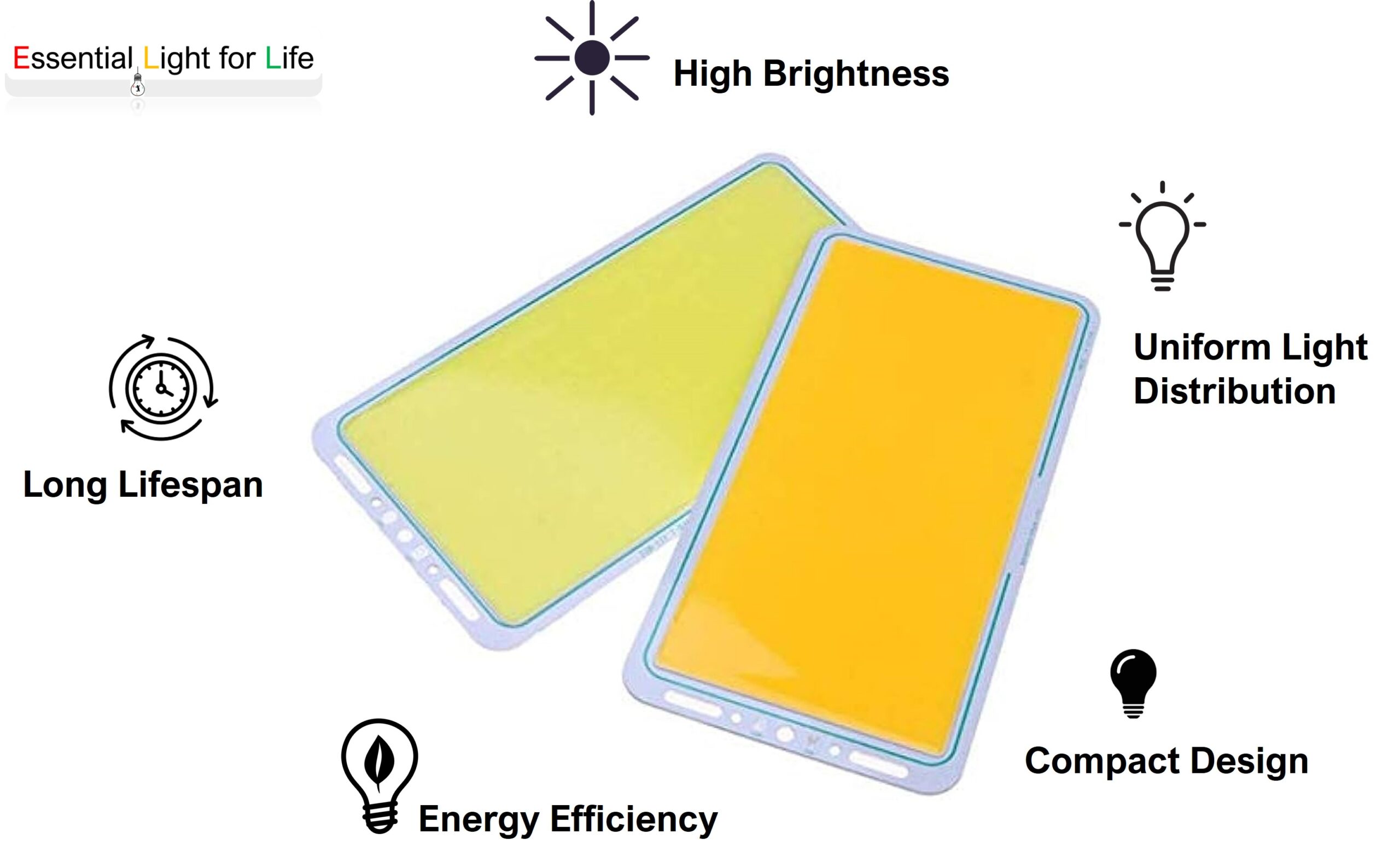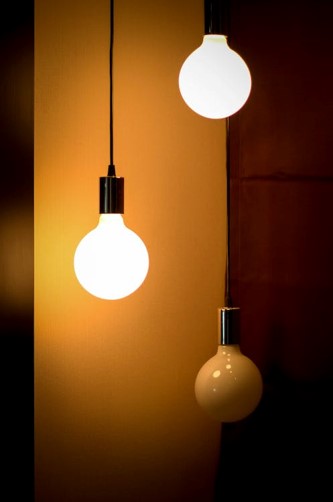LED lights have revolutionized the way we illuminate our homes, offering energy efficiency and versatile lighting options. However, not all LEDs are created equal, and selecting the right ones is essential for our well-being and the aesthetics of our living spaces. In this article, we’ll explore the best LED types for eye comfort, skin health, brightness, and room illumination, guiding you to make informed decisions when it comes to lighting your home.
1. Which Type of LED is Best for Eyes?
To protect your eyes while enjoying the benefits of LED lighting, opt for LEDs with a color temperature between 2700K to 4000K, also known as warm white to neutral white. These color temperatures provide a soft, comfortable glow that minimizes eye strain and fatigue, making them ideal for reading, working, and everyday activities.
2. Which LED Light is Better for Skin?
For skin health and a flattering appearance, consider using LEDs with a color temperature around 3000K to 3500K, which emit a warm and natural light. This color temperature enhances skin tones and complements your complexion, making it a great choice for bathrooms and vanity areas.
3. How Do I Choose the Brightest LED Light?
To choose the brightest LED light, look for the lumen output indicated on the LED bulb or fixture packaging. Lumens measure the brightness of the light source, and the higher the number, the brighter the light. Select LEDs with higher lumens for areas that require ample illumination, such as workspaces and task areas.
4. How Do I Know Which LED is Brighter?
Comparing the lumen output is the easiest way to determine which LED is brighter. The lumen information is typically provided on the LED bulb or fixture packaging. Choose the LED with the higher lumen value for brighter lighting.
5. Which LED Bulb is Best for a Room?
The best LED bulb for a room depends on the room’s function and your preferences for lighting. For general room lighting, consider using warm white LED bulbs with a color temperature of 2700K to 3000K. This creates a cozy and inviting ambiance suitable for most living spaces. For areas that require brighter lighting, such as kitchens or workspaces, opt for LEDs with higher lumens and cooler color temperatures in the range of 4000K to 5000K.
Conclusion:
Selecting the right LED lights for your eyes, skin, and living spaces is crucial for creating a comfortable and visually pleasing environment. Choose warm white to neutral white LEDs for eye comfort and skin health. When looking for brightness, compare the lumen output to determine the brightest LED. For room illumination, use warm white LEDs for a cozy atmosphere, or cooler LEDs with higher lumens for task areas. With thoughtful choices, your LED lighting will not only enhance the aesthetics of your home but also promote a healthier and more enjoyable living experience.




